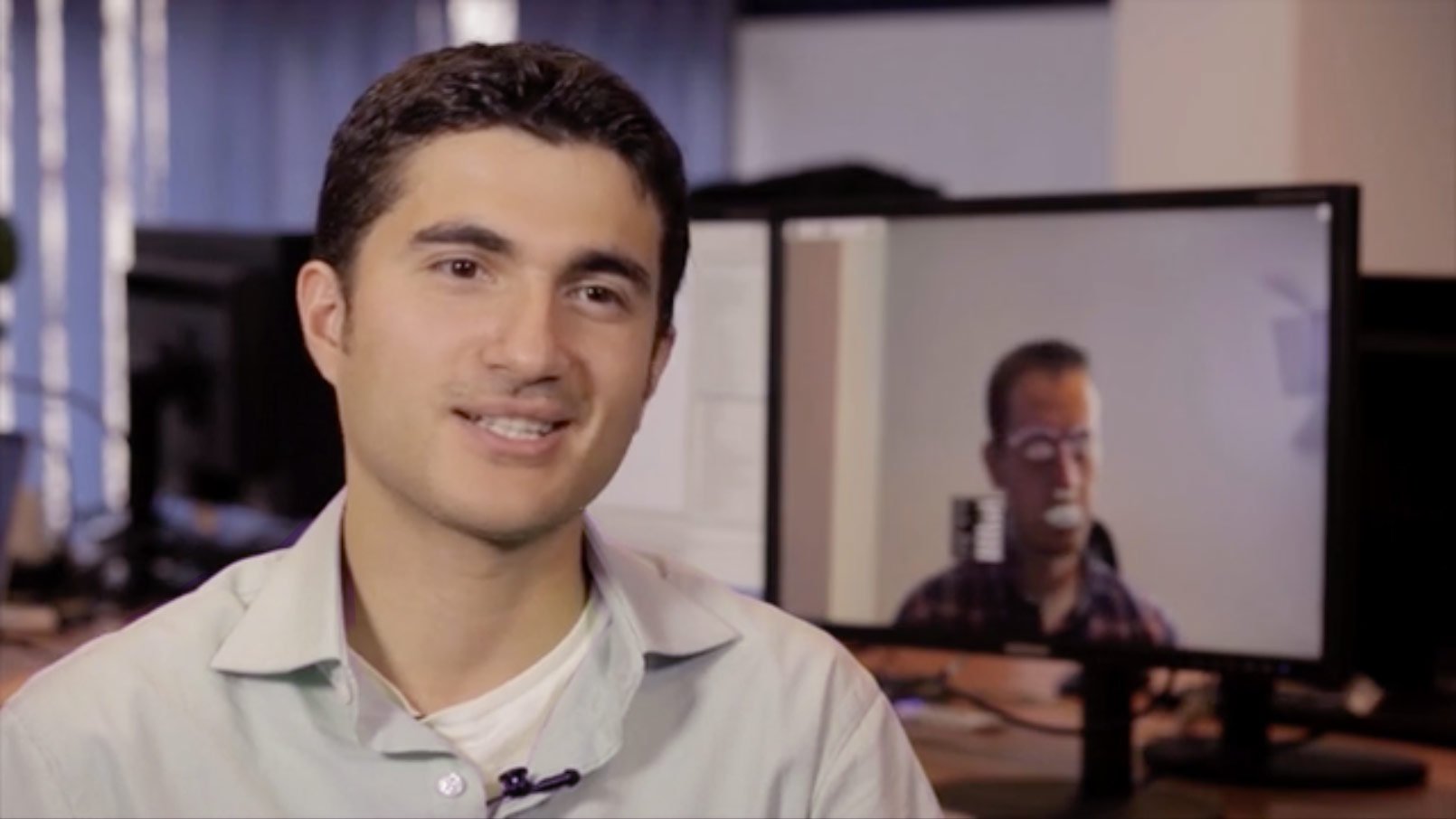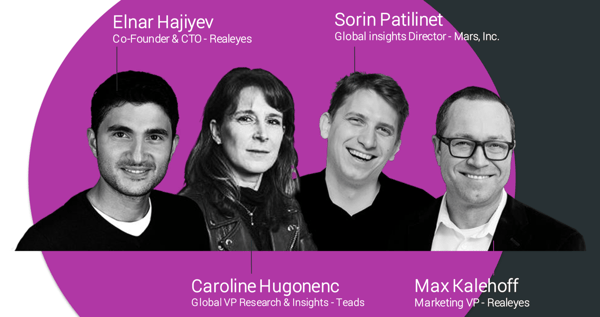
The Science of Attention and Emotion AI In Advertising Effectiveness: Summit Recap

Max Kalehoff
Our recent online summit, “The Science of Attention and Emotion AI,” was our most popular and engaging this year. Along with our special guests from our partners Mars, Inc. and Teads, hundreds of delegates from large brands, publishers, measurement suppliers, tech companies and academics signed up to probe the role of attention measurement in advertising effectiveness.
Did you miss the event?
In case you missed this can’t-miss event, we summarized key learnings below into a five-minute read. (If you’re still hungry for more, we provide a link to the full video archive at the end of this post.)
The Rise of Attention In Advertising
The concept of attention is being elevated across the marketing landscape, from the formation of new organizations like The Attention Council to increased coverage in key industry outlets. This increased emphasis on attention as a defining means of understanding advertising bodes well for the industry, and the acceleration of interest in this concept is being fueled by several key factors, including:
-
-Third-party cookies are going away: Cookies once served as the primary means of identifying people across sites where ads were delivered. As privacy concerns and industry shifts diminish the use of cookies, tracking is becoming more challenging, and advertisers are scrambling to find other solutions for measuring the media they buy.
-
-Attention aligns incentives economically: Attention represents an outcome that aligns stakeholders—consumers, publishers and marketers alike—to achieve higher impact and mutual benefit.
-
-Screen time and distraction are rising: Screen time is increasing in digital video and apps across many devices, resulting in heightened distraction and competition for attention. The pandemic has only accelerated this trend, placing a growing premium on audience attention.
The Important of Attention at Mars
Given this confluence of factors, leading brands, agencies and technology providers across the industry are turning their attention to—well—attention. On a recent Realeyes webinar, Sorin Patilinet, Global Insights Director at Mars, noted that attention is a vital piece of Mars’ advertising understanding. “Attention is important because it is a behavior that, based on our research, is very much linked with business outcomes,” Patilinet said. “In other words, the more attention a person pays to a certain piece of content, the more likely it is that piece of content has a business outcome that is favorable for the brand.”
Given the proliferation of ad formats and creative across channels in recent years, Patilinet noted that it’s difficult for any attribution model to go to the deepest level of understanding when it comes to effectiveness. This difficulty has prompted Mars to seek out new KPIs that can be linked to sales outcomes and sourced more easily than questionnaires and other traditional consumer feedback vehicles. “Attention is definitely the one that sits in between what people say and what they actually do with their wallets,” Patilinet noted. “It’s something we put a lot of value in.”
For its creative testing, Mars leverages Realeyes measurements around engaged attention, distraction and emotional peaks in combination with metrics like view-through rate and others to evaluate ad performance and understand which creative will perform best in market. Ultimately, this rigorous creative research process helps to identify successful creative, such as the following 6-second spot:
As Patilinet observed, the combination of movement, music and a humorous celebrity cameo at the end of the above ad made for a high-impact execution. Mars was able to verify the potential of this ad to perform well through the Realeyes platform, where it scored highly based on early attentiveness, audience retention throughout and the presence of emotional peaks and valleys.
Leveraging Attention to Maximize Results at Teads
Just as Realeyes is helping brands like Mars to optimize their balance of art and science, it’s also working with leading providers like Teads to improve their business results and the effectiveness of their solutions for clients. On our recent webinar, Caroline Hugonenc, Global VP Research and Insights at Teads, said that her organization is using attention in pretesting as a way to optimize the creative the company receives from customers. She noted that what Teads sees through the Realeyes pretesting platform has a high correlation to the real-life behaviors observed through Teads’ own platform, which enables the company to predict performance of creative and improve their own business results by boosting completed view rates.

Facial Coding’s Role In Decoding Attention
The ad industry is increasingly looking at attention as a foundation of advertising outcomes. At present, attention is measured via a wide variety of metrics and methods, including interaction metrics, viewability metrics, surveys and focus groups, brain scans and EEGs, and facial coding, which is the area in which Realeyes plays.
According to Elnar Hajiyev, Co-Founder and CTO of Realeyes, facial expressions are an important way that humans communicate, and the study of their importance dates back to Ancient Greece. There is a great deal of science behind how people use their facial cues to communicate subtle—even subconscious—information. Therefore, these facial expressions represent an excellent way of measuring attention and emotion today.
Training and building artificial neural networks that can apply an understanding of human behavior to reading facial expressions is a complex process. Researchers train deep neural networks by feeding large-scale behavior annotations on a vast, diverse set of behavior recordings into the system and continually validating the accuracy of the network’s performance in matching facial cues with real-world attention and emotions. Over time, Realeyes has refined its algorithms to the point where its AI is now close to human accuracy when it comes to reading and interpreting a wide array of emotions via facial cues.
Perhaps more importantly, Realeyes has been able to closely correlate attention data with business performance in multiple regards:
-
Audience retention: Attention and emotions data can predict the rate at which audiences will drop off from viewing a video ad.
-
Advertising awards: Award-winning ads, such as Cannes Lions Grand Prix medalists and Super Bowl ads, have significantly higher levels of attention and emotional response.
-
Survey responses: When comparing attention data from facial cues with reported audience reactions to videos, we see strong correlations of positive emotions with video likability and the desire to watch again, as well as opposite correlations for negative emotions.
“Attention and emotions are great because they allow us to unify and provide value for both brands and people,” Hajiyev concludes. When it comes to creating a positive value exchange between brands and consumers, attention is key to helping brands understand the right platforms for reaching their audiences, as well as how to deliver more engaging content and build stronger customer relationships.



